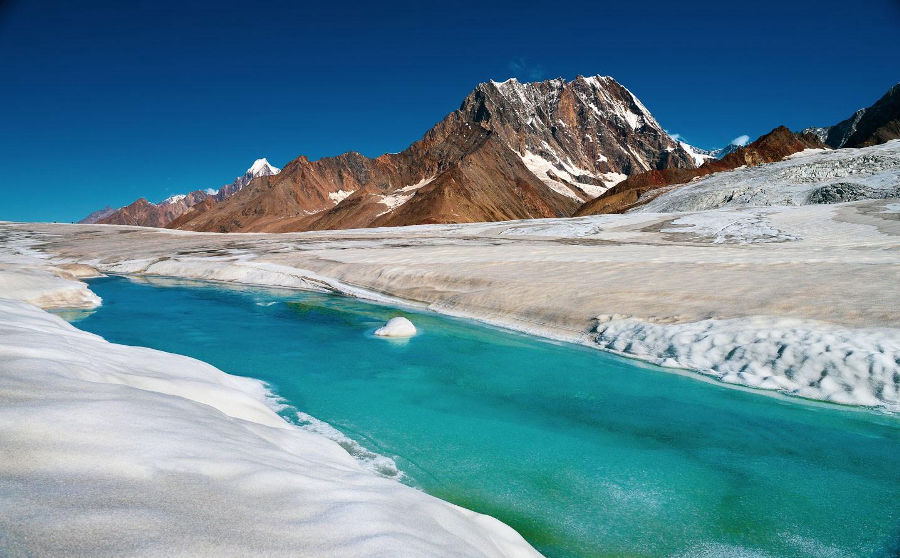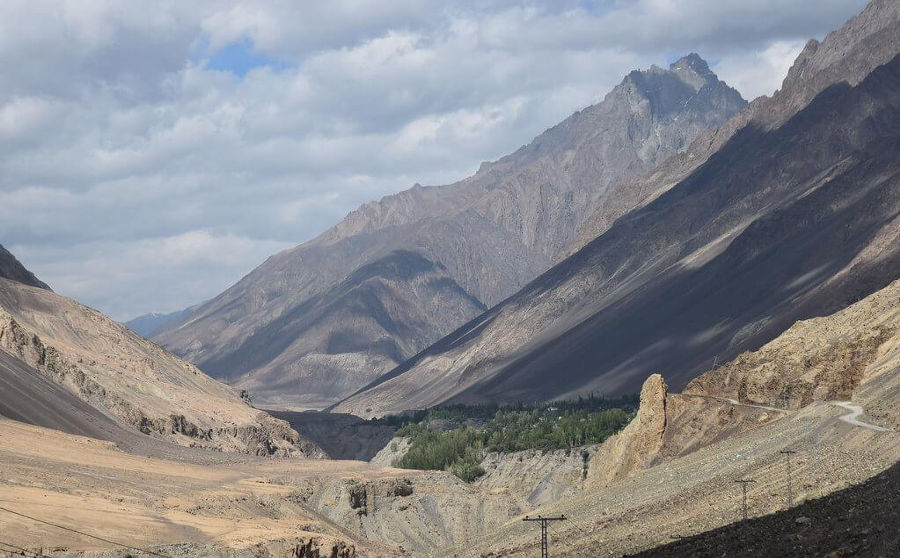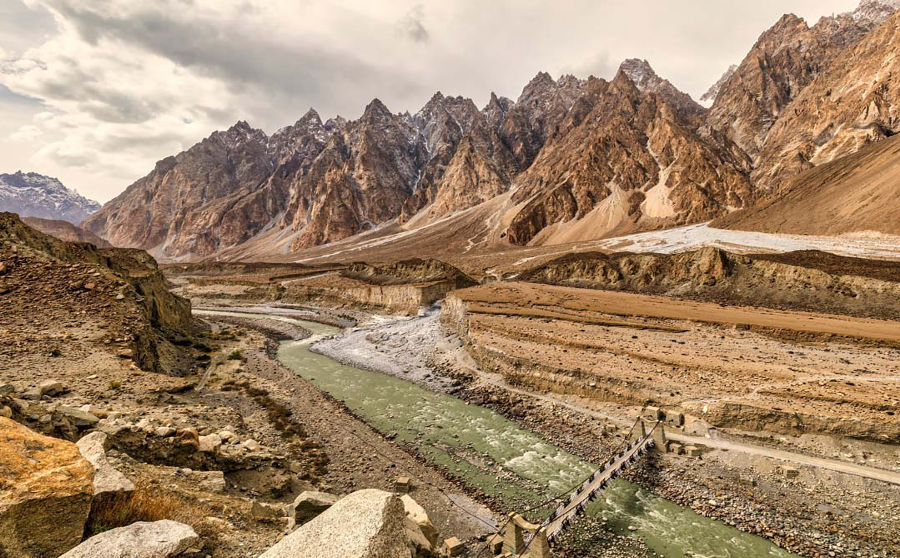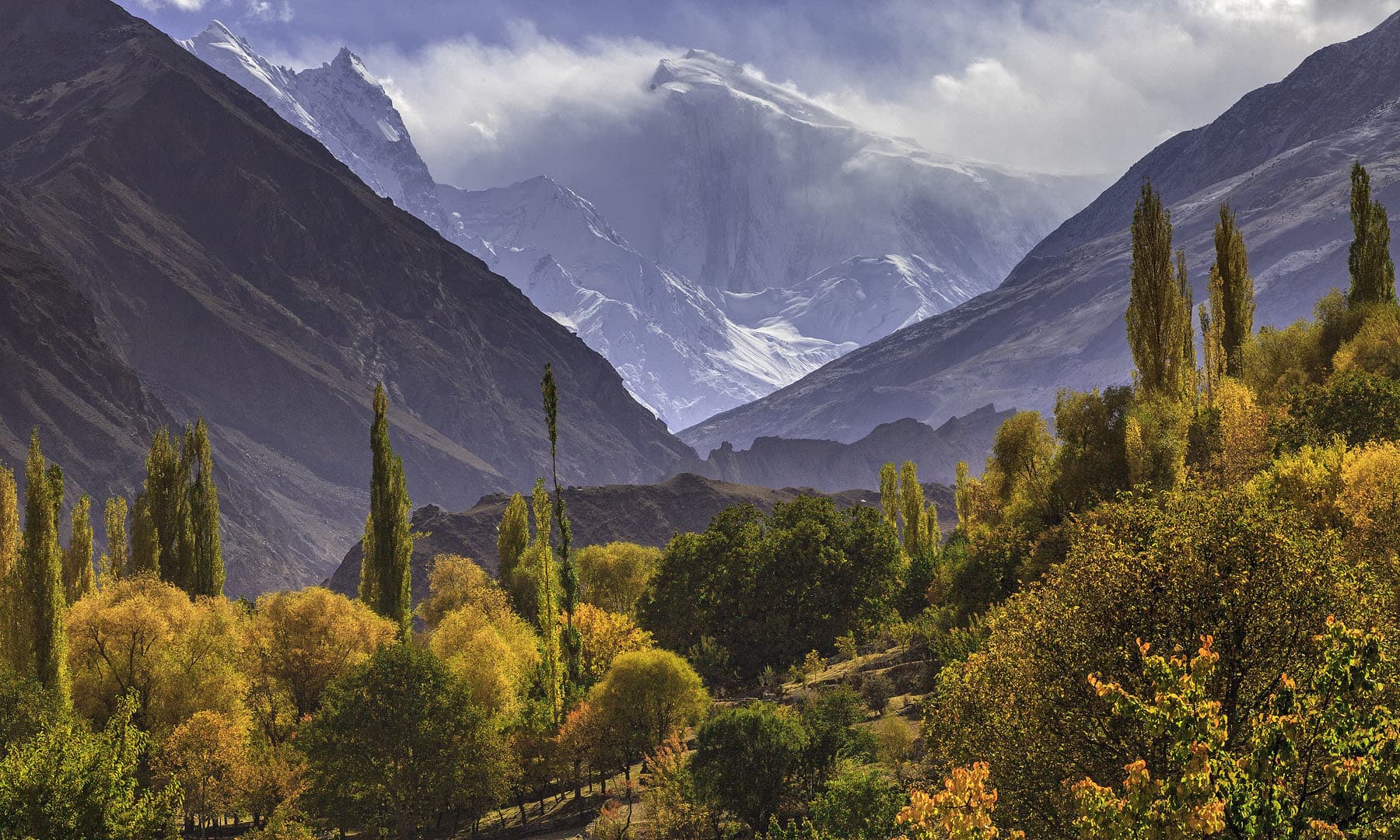Hispar Valley, located deep in the Nagar region of Gilgit-Baltistan, Pakistan, is a breathtaking destination where glaciers, towering mountains, and ancient traditions come together in perfect harmony. Far removed from the crowds, this remote valley offers a raw, untouched beauty that leaves visitors in awe.
Best known for the Hispar Glacier — one of the longest non-polar glaciers in the world — the valley is a dream come true for trekkers, adventurers, and nature lovers. The glacier connects Hispar with the legendary Snow Lake and further onto the Baltoro Glacier, forming one of the most challenging and stunning high-altitude traverses on the planet.
But Hispar is more than just ice and peaks. It’s a living valley where the locals, mostly of Burusho descent, have preserved a way of life that has remained largely unchanged for centuries. Their deep-rooted traditions, warm hospitality, and close relationship with the land add a rich cultural layer to any visit.
Location & Accessibility
Hispar Valley sits proudly at an elevation of around 3,300 meters (10,827 feet), making it one of the highest inhabited valleys in the Nagar region of Gilgit-Baltistan. Known for its raw beauty and dramatic landscapes, Hispar acts as the gateway to the mighty Hispar Glacier — one of the longest glaciers outside the polar regions, stretching nearly 49 kilometres.

Getting to Hispar is an adventure in itself. The journey begins in Gilgit City, located about 140 kilometres away. Travellers first drive towards Nagar Khas, the main town of Nagar District, following the Karakoram Highway. From Nagar Khas, the route branches off towards Hopar Valley, famous for its sweeping views of glaciers and rugged peaks. After Hopar, the path becomes rougher and more challenging — the final leg to Hispar is a bumpy jeep track, only suitable for 4×4 vehicles.
It’s highly recommended to hire private jeeps or arrange transport through local guesthouses and tour operators based in Hunza or Nagar. The drive, while rugged and slow, is spectacular, offering glimpses of icy rivers, rocky cliffs, and vast, untamed landscapes. Travelling with an experienced local driver is advised, especially for those not familiar with mountain roads.
Despite the challenges, the journey to Hispar is immensely rewarding — bringing you face-to-face with nature at its wildest and most beautiful.
The Glacier Connection
The Hispar Glacier is legendary among adventurers. It joins the Biafo Glacier, creating the longest glacial traverse outside the polar regions — nearly 100 km of ice! Trekking across it takes you from Hispar Valley to Baltistan’s Snow Lake, a dream route for hardcore trekkers.
Hispar Pass (5,128 meters) is the gateway between Nagar and Baltistan, used by traders, soldiers, and shepherds for centuries.
Why Visit Hispar Valley?
Glacier Adventures
Standing on the Hispar Glacier is a surreal experience. Trekkers can enjoy shorter glacier walks or plan full expeditions toward Snow Lake and beyond.
Village Life & Culture
Hispar’s residents are friendly and deeply connected to the mountains. Visitors can experience life in a remote settlement, from traditional farming to yak herding.
FUN FACT:
Hispar Glacier links to Biafo Glacier to form the world’s longest glacial traverse outside the poles!Trekking Paradise
Trekking routes from Hispar are world-renowned but challenging. Some routes include:
- Hispar Pass Trek (leading to Snow Lake)
- Shorter treks around the glacier and nearby peaks
Majestic Peaks
The valley is surrounded by breathtaking mountains, including Hispar Sar (6,400 meters) and Distaghil Sar (7,885 meters).
Best Time to Visit Hispar
The ideal time to visit Hispar Valley is between June and August. During these summer months, the weather is relatively mild, the skies are clearer, and the valley is at its most accessible. Snow from the long winter months begins to melt, revealing lush meadows, flowing rivers, and the stunning landscape of the Hispar Glacier.
Earlier months like April and May are often still too cold, with snow blocking access roads and trails. Similarly, travelling later in the year — especially by September and October — can become risky, as temperatures drop again and fresh snow may make roads impassable.
If you’re planning treks around the glacier or beyond (like crossing the famous Hispar-La Pass towards Snow Lake), visiting between late June and early August offers the best conditions. The weather is more stable, making it safer for trekking, camping, and exploring the breathtaking wilderness.
Keep in mind: even in summer, Hispar’s high altitude means that nights can be freezing, and sudden weather changes are common. Always come prepared with proper gear, warm clothing, and updated weather information before heading out.

FAQs
Is the Hispar trek difficult?
It’s challenging and best suited for experienced trekkers. Guides and porters are recommended.
Do I need permits for Hispar?
No permits for the valley itself, but treks beyond Hispar Pass may require permissions.
Can I stay overnight in Hispar?
Yes, there are basic homestays and campsites available.
Is Hispar suitable for beginners?
For village exploration, yes. For glacier treks, it’s better suited to seasoned adventurers.






